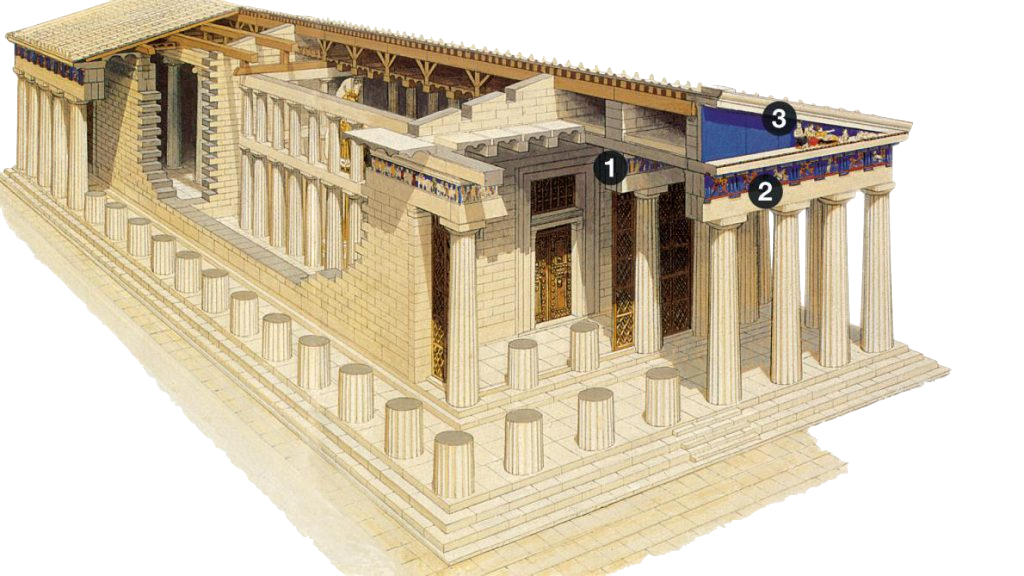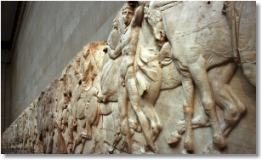Easter Islanders Ask British Museum to Return Sacred Statue, Offering Replica in Return
The Rapa Nui community has offered a basalt replica of the eight-foot, four-ton sculpture called Hoa Hakananai’a, which was stolen in 1868.
 “The eight-foot-tall Moai sculpture at the British Museum is called Hoa Hakananai’a, which translates to “the stolen or hidden friend.” This name is fitting, since the four-ton statue was stolen from the island in 1868 by Royal Navy captain Richard Powell, and presented as a gift to Queen Victoria. She donated it to the national museum in London in 1869.”
“The eight-foot-tall Moai sculpture at the British Museum is called Hoa Hakananai’a, which translates to “the stolen or hidden friend.” This name is fitting, since the four-ton statue was stolen from the island in 1868 by Royal Navy captain Richard Powell, and presented as a gift to Queen Victoria. She donated it to the national museum in London in 1869.”
“As reported by Agence France-Presse, Easter Island’s Ma’u Henna community, with support from the Chilean government, has offered to swap out the original piece at the British Museum for a replica…”
It is time for the British Museum to act in good faith, recognize the illegal acquisitions of artifacts and return them to their origins.
See full articles: The Guardian | ArtDaily.org | Hyperallergic art forum | PDF.
Sources: Above links and article by: Sarah Rose Sharp



Recent Comments